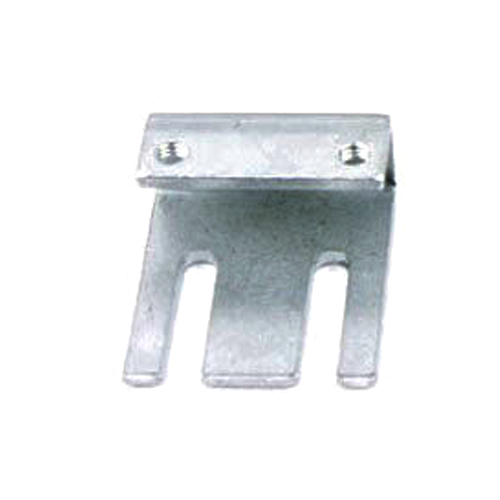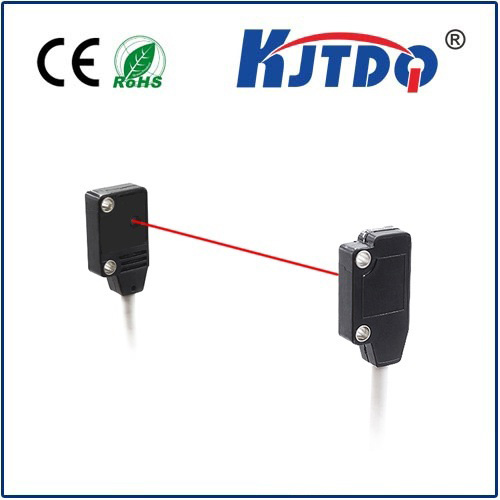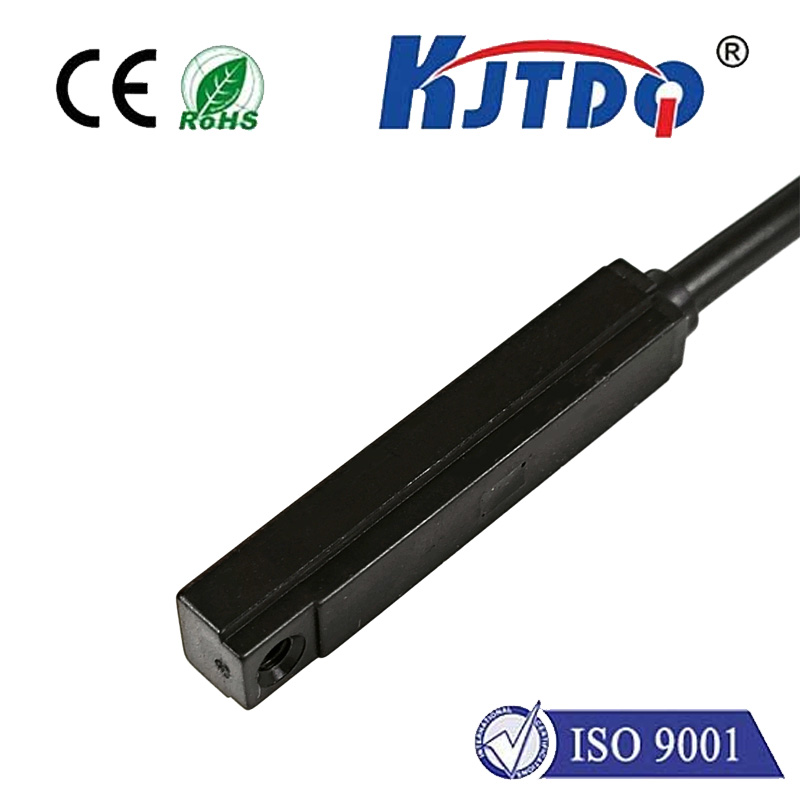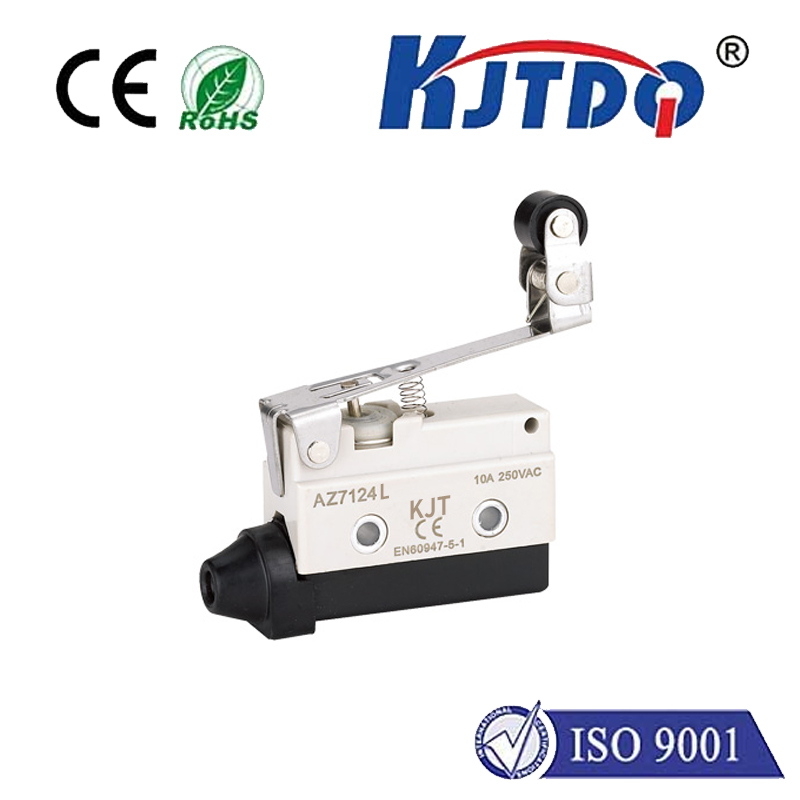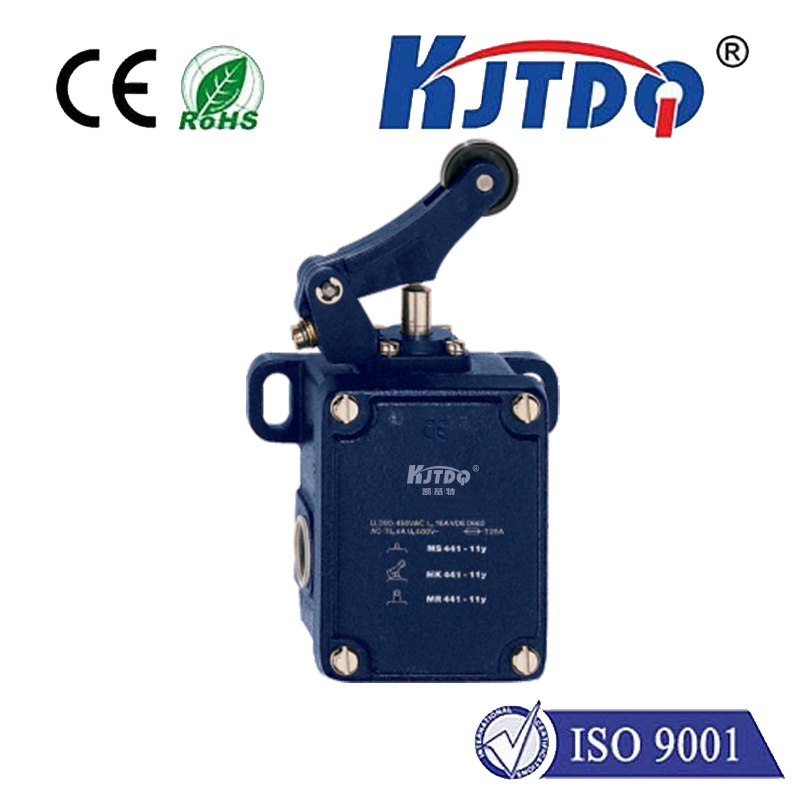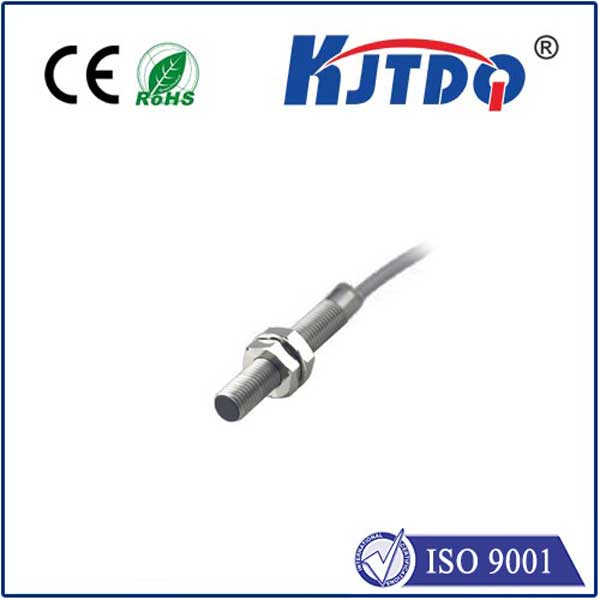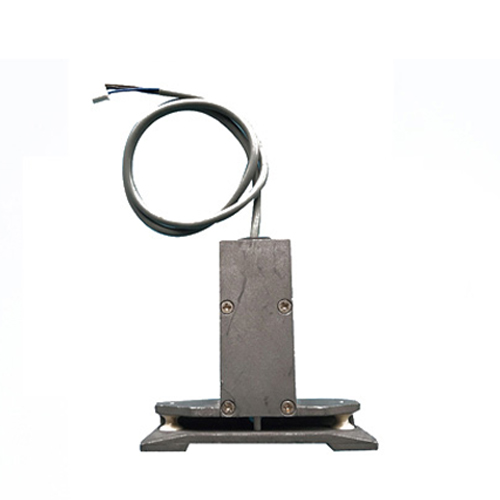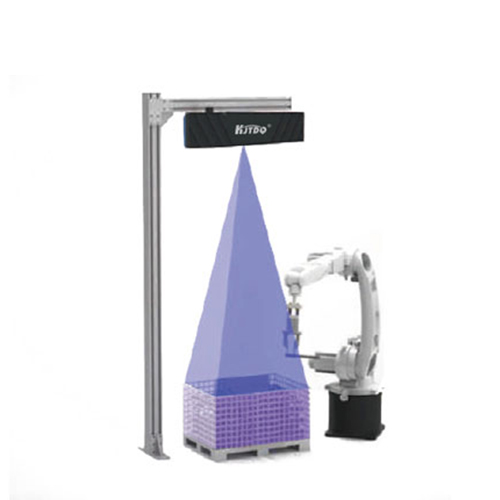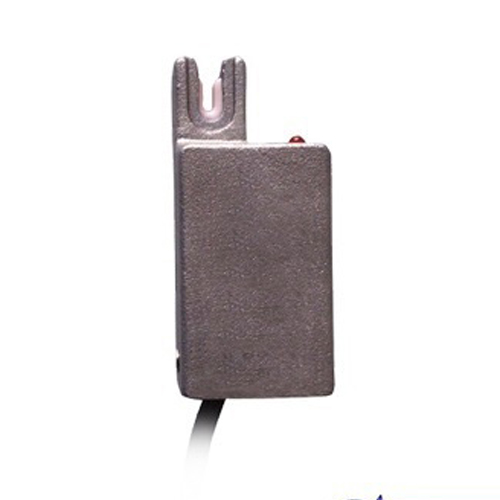nc proximity sensor
- time:2025-07-15 08:11:28
- Click:0
NC Proximity Sensors: The Unsung Guardians of Reliable Automation
Imagine this: a critical machine on your production line grinds to an unexpected halt. Panic sets in as downtime costs mount. Was it a component failure, a misplaced object, or something as fundamental as a sensor misunderstanding its job? Often, the silent sentinel responsible for detecting safety positions or confirming part presence – the NC proximity sensor – holds the key to preventing such scenarios. Understanding the unique role and inherent advantages of Normally Closed proximity sensors is crucial for building robust, fail-safe industrial systems.
Beyond the Basic Switch: What is an NC Proximity Sensor?
At its core, a proximity sensor detects the presence or absence of an object without physical contact, typically using electromagnetic fields (inductive), sound (ultrasonic), or light (photoelectric). The critical distinction lies in its electrical state when no target is present.
- NO (Normally Open): When no target is detected, the switch is open (no current flows). It closes (completes the circuit) when a target is detected.
- NC (Normally Closed): When no target is detected, the switch is closed (current flows). It opens (breaks the circuit) when a target is detected.
This fundamental difference defines the NC proximity sensor’s core identity: it is “on” by default when nothing is nearby, and turns “off” upon detection.
The Power of “Normally Closed”: Why Choose an NC Sensor?
Choosing between NO and NC configurations isn’t arbitrary; it’s a deliberate design decision based on safety, reliability, and system logic requirements. NC proximity sensors offer compelling advantages in specific applications:
- Intrinsic Fail-Safe Operation: This is the primary benefit. In a safety-critical application – like guarding a machine operator’s access point or confirming a safety door is closed – an NC sensor provides inherent security.
- Scenario: A sensor monitors a guard door. The circuit expects the sensor to be CLOSED (conducting) when the door is safely shut.
- NC Sensor: Door closed = Sensor CLOSED (expected state). If the sensor fails (broken wire, internal fault, power loss), it goes OPEN. The system interprets OPEN as “door unsafe,” triggering a machine stop. Failure causes the safety state.
- NO Sensor: Door closed = Sensor OPEN (expected state). If the sensor fails (broken wire, internal fault, power loss), it might also go OPEN. The system sees OPEN (the “safe” state) even if the door is open or the sensor is broken! Failure is masked, leading to potential danger.
- Result: An NC configuration inherently drives the system to a safe condition upon any detected fault. This aligns perfectly with safety standards demanding fail-safe designs.
Low Power State Normal Operation: In applications where the sensor spends most of its time not detecting a target (e.g., end-of-travel limits on infrequently moved axes, guarding rarely accessed panels), the NC proximity sensor is in its low-energy “on” (closed) state during normal operation. This can be advantageous for energy efficiency or minimizing heat generation in densely packed control panels.
Wiring Fault Detection: Similar to failure detection, a broken wire in an NC sensor circuit will typically result in an OPEN state. Because the expected normal operation (no target) is CLOSED, the system immediately flags the broken wire as a fault condition, prompting maintenance rather than silently ignoring a problem.
Logical Fit for Certain Sequences: Sometimes, the control logic simply flows better with an NC proximity sensor.
- Example: Confirming a pallet is absent from a loading station before initiating a new cycle. The station must be empty (no target detected = NC sensor CLOSED) to proceed. Using an NO sensor here would require an extra “NOT” condition in the PLC logic.
Key Applications Leveraging NC Reliability
The normally closed proximity sensor shines where safety, fault detection, and unambiguous machine states are paramount:
- Machine Guarding: Detecting the closed position of safety gates, interlocks, and light curtains. A fault must cause the machine to stop.
- Valve and Actuator Position Feedback: Confirming critical valves are fully closed (or fully open in some NC implementations) for process safety or environmental control. An unexpected open circuit signals a problem.
- Over-Travel and End-of-Limit Detection: Preventing mechanical damage by signaling when a moving part exceeds its safe range. Failure should trigger a stop.
- Presence/Absence in Safety Loops: Verifying a hazardous zone is clear before enabling machine movement. The clear state must be the energized, monitored state.
- Emergency Stop Monitoring (Auxiliary): While the E-stop button itself is typically NC, NC proximity sensors might monitor the engagement status of associated safety locks.
- Low-Duty Cycle Monitoring: Positions or states that are infrequently changed, where holding the circuit closed is the norm.
Selecting and Implementing Your NC Proximity Sensor
Choosing the right NC proximity sensor involves considerations beyond just the switching configuration:
- Sensing Principle: Match the sensor to the target material and environment.
- Inductive: Best for detecting metallic targets. Highly reliable, immune to dust/mist (non-ferrous). The most common type for standard industrial NC applications.
- Capacitive: Detects metallic and non-metallic targets (liquids, plastics, wood). Sensitive to material composition and environmental factors like moisture or temperature.
- Photoelectric: Long-range detection of most materials. Performance can be affected by dirt, fog, or ambient light.
- Ultrasonic: Detects most materials regardless of color or transparency, good in dusty environments. Can be affected by temperature gradients or soft surfaces.
- Sensing Range: Choose a range appropriate for the application, considering installation tolerances. Never operate at the absolute maximum range limit.
- Environment: Consider temperature extremes, humidity, chemical exposure, washdown requirements (IP rating), and mechanical impact/duty cycle. Select a sensor with an appropriate IP (Ingress Protection) rating (e.g., IP67 for typical industrial environments, IP69K for harsh washdown).
- Output Type: While the NC designation defines the switching logic, ensure compatibility with the controller input type (typically PNP or NPN transistor outputs for PLCs/controllers). Confirm the voltage and current ratings match your system. Most modern sensors integrate solid-state outputs.
- Connection: Standard cable or connector types (M8, M12 connectors are industry standards for quick replacement)? Consider cable length and routing.
- Mounting: Fixed, adjustable, shielded (flush mountable), or unshielded (longer sensing range)? Proper mounting is critical for reliable operation.
Ensuring Long-Term Performance
Maximizing the reliability provided by your NC proximity sensors involves:
- Correct Installation: Follow manufacturer guidelines for mounting position, distance to target, and clearance from metal objects that could interfere (especially for inductive sensors).
- Environmental Protection: Ensure the sensor’s IP rating is suitable. Use physical guards if needed to prevent impact damage.
- Regular Inspection: Include sensors in preventive maintenance checks. Look for physical damage, build-up of debris or paint, and ensure connectors are secure.
- Testing Safety Circuits: Regularly test safety circuits involving NC sensors by intentionally simulating faults (e.g., disconnecting a wire). The machine must always go to a safe state.
In the intricate dance of modern automation, the NC proximity sensor is more than just a











